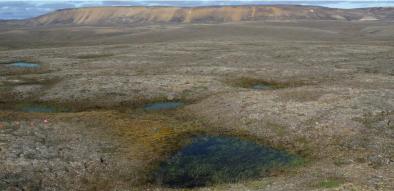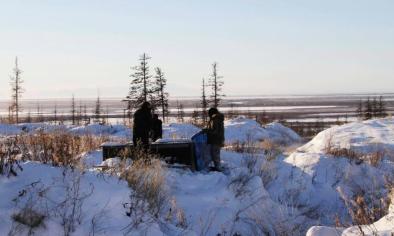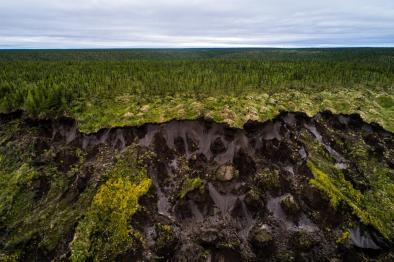Science Source
Increased nitrous oxide emissions from Arctic peatlands after permafrost thaw
- States that gaseous carbon release from Arctic soils due to permafrost thawing is known to be substantial, but growing evidence suggests that Arctic soils may also be relevant sources of nitrous oxide (N2O)
- Measures N2O emissions from 16 columns of thawing permafrost from Finnish Lapland over 33 weeks
- Shows that N2O emissions from subarctic peatlands increase as the permafrost thaws
- Results show that the highest postthaw emissions occurred from bare peat surfaces, a typical landform in permafrost peatlands, where permafrost thaw caused a fivefold increase in emissions
- Finds that the presence of vegetation, known to limit N2O emissions in tundra, did decrease (by ∼90%) but did not prevent thaw-induced N2O release
- Finds that waterlogged conditions, however, suppressed the emissions
- Results imply that the Arctic N2O budget will depend strongly on moisture changes, and that a gradual deepening of the active layer will create a strong noncarbon climate change feedback
Related Content
Headline

Jun 19, 2019 | Reuters
Scientists amazed as Canadian permafrost thaws 70 years early
Science Source
Permafrost is warming at a global scale
Boris K. Biskaborn, Sharon L. Smith, Jeannette Noetzli et al
Headline

Jan 17, 2019 | Washington Post via AP
World’s permafrost gets warmer; Siberia rises the most
Headline

Aug 21, 2018 | National Geographic
Exclusive: Some Arctic Ground No Longer Freezing—Even in Winter


